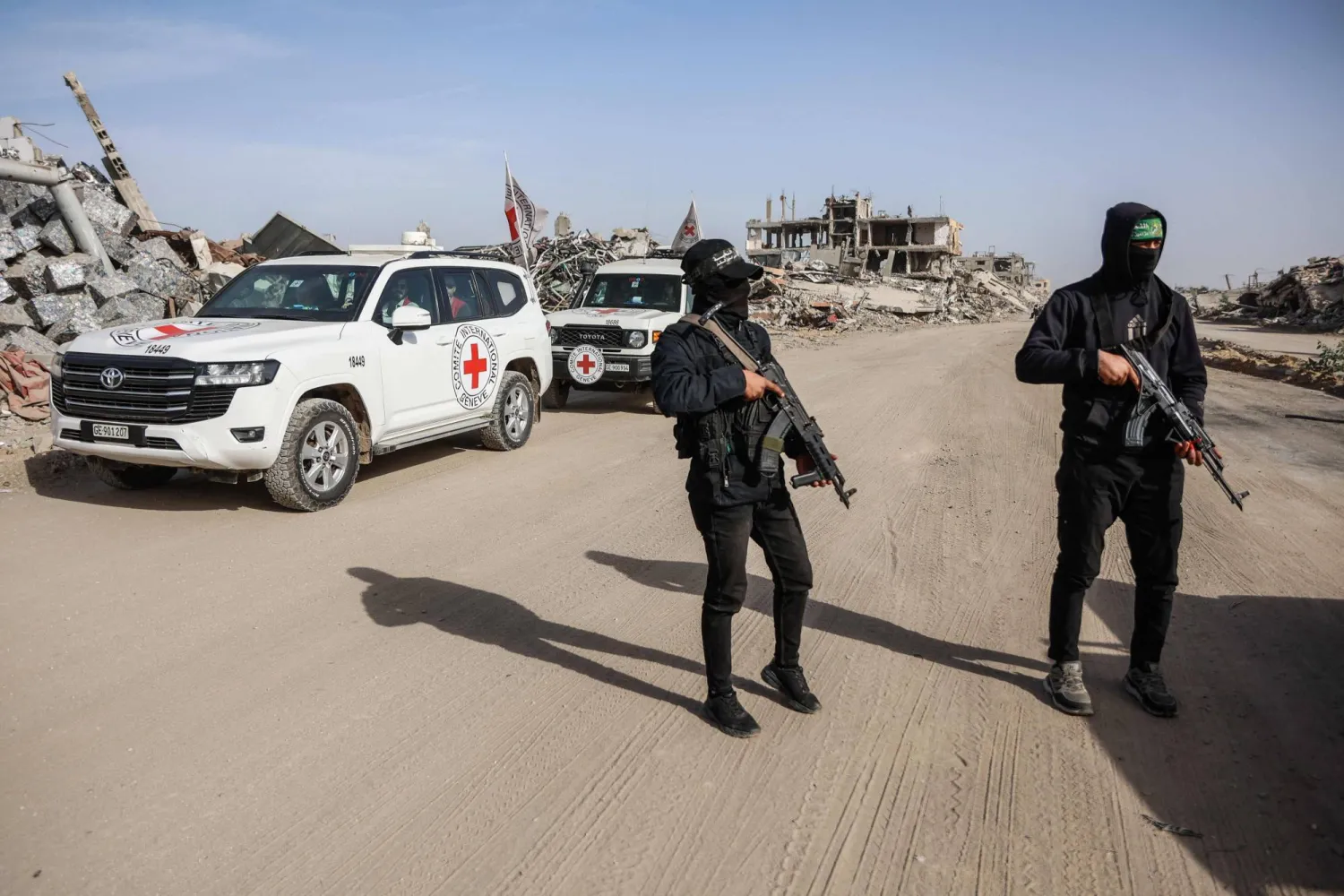US President Donald Trump retweeted journalists and researchers reporting the killing of Qaeda leader in Yemen Qassim al-Rimi, 41, while the US administration has not yet confirmed his death.
Analysts said DNA tests are ongoing to avoid falling into the same mistake when Rimi was previously falsely announced dead for at least five times.
The US President is eager to know the final result to announce Rimi’s death, as he announced that of ISIS leader, Abu Bakr al-Baghdadi, last October, and the killing of Iranian commander of al-Quds Force, Qassem Soleimani, earlier this year.
Asharq Al-Awsat spoke with Maerib governor, Sultan al-Arada, who reported that the past ten days witnessed two strikes in two different locations in the governorate, and the security authorities could not identify the targets inside the two houses, pointing out that the region is witnessing numerous Houthi strikes which made it more difficult for security services to determine the drone strikes.
Saudi Arabia was the most prominent country fighting Qaeda within its territories until it expelled it completely. Riyadh was also the first to include Rimi on a terrorist wanted list in 2009, the year in which Qaeda in the Arabian Peninsula was established.
Disclosed documents revealed that Osama bin Laden, Qaeda’s leader, found a haven in Yemen especially after they targeted the destroyer, USS Cole.
The US added Rimi to the "most wanted terrorists" in May 2010, and five years later he assumed the leadership of the organization, succeeding Nasser al-Wuhayshi, who was also killed in a US drone strike in June.
Washington doubled the reward on giving information about Rimi from five million to ten million dollars.
The US administration accuses him of training terrorists in Qaeda camp in Afghanistan in the 1990s. He then returned to Yemen, became a military commander, and was sentenced to five years in prison in 2005 for plotting to assassinate the US ambassador to Yemen.
He later escaped, and in 2008, he was linked to the attack on the US embassy in Sanaa that killed 10 Yemeni guards, four civilians, and six terrorists.
Yemeni researcher specializing in tribal and conflict affairs, Nadwa Al-Dossary, believes Rimi's death is a major blow to Qaeda, saying the terrorist organization has weakened a lot since the death of its most important leader in Yemen.
Dossary believes there is no point in talking about terminating Qaeda before the war in Yemen is over. She said the organization tried to take advantage of the war's conditions in Yemen and succeeded in that at first in some cities like Hadramout, Aden, and Taiz.
Houthis’ control over those was the biggest factor in the expansion of Qaeda to them. After the legitimate government regained control over the region, the group’s role diminished significantly.
Qaeda in Yemen thrives on injustice and chaos, explains Dossary, however, it is still weak in the country and not welcomed among the community and the tribes.
But the Houthis' military expansion and their continuous crimes and adoption of a sectarian agenda may contribute to creating a sectarian conflict in Yemen, which would constitute a significant support factor for Qaeda and terrorist groups in general.
Political researcher al-Baraa Shaiban believes that Qaeda will not fundamentally change, because the organization was preparing for such an event and will not end with the death of its leader.
Shaiban goes further than that and says that top officials of the organization want a figure that links them to their Afghanistan era, the period of the group’s rise.
Qaeda tried to take advantage of the security and political vacuum created by the war in Yemen, but it is clear that the organization’s operations are limited until they manage to reach the top official, explained Shaiban.
The current US administration wants to confirm that it can target Qaeda and major leaders of the organization, especially as the elections approach, noted Shaiban.
Asked by Asharq Al-Awsat over the matter, the Yemeni researcher said he believes Qaeda will not be terminated because it is linked to law enforcement institutions such as judicial intelligence services and a local authority, which are weak in Yemen.
Shaiban argues that if the state regains its full authority, it will reduce the operations of the organization in a manner that will be noticeable, adding there are external factors that are not controlled by the Yemeni government or the Yemeni decision-maker, such as the US presence in the region.









